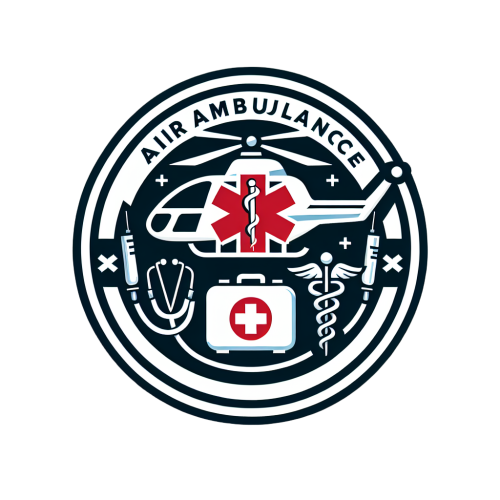Life Flight
Life Flight is a vital component of emergency and critical care transportation, utilizing advanced aviation technologies to transport patients quickly and safely.
The life flight helicopter serves as a critical resource for air ambulance services, providing rapid response capabilities that ground transportation often cannot match.
In many cases, air medical transport is essential for patients suffering from severe injuries or conditions requiring immediate specialized care.
The combination of air and ground critical care allows for a seamless transition of patients between ambulance services and air ambulance service, ensuring timely medical attention and reducing the time to reach a medical center.
The flight crew on a life flight mission typically consists of flight registered nurses, flight paramedics, and other highly trained crew members who specialize in critical care transport.
These professionals are equipped to handle a range of medical emergencies, from neonatal care to pediatric needs, ensuring that all patients receive appropriate patient care during transit.
The critical care air medical transport process adheres to rigorous standards set by organizations such as the Commission on Accreditation of Medical Transport Systems (CAMTS) and the Association of Air Medical Services. These certifications guarantee that air medical programs meet the highest levels of safety and efficiency in patient transport.
life flight helicopter
Life flight helicopters play a pivotal role in emergency medical services (EMS) by providing rapid transport for critically ill or injured patients. They are essential components of a comprehensive healthcare system, particularly in rural or remote areas where access to specialized medical care is limited. Operated by Rocky Mountain Helicopters, these helicopters are often accredited by the commission for their high standards of operation and patient care. With a focus on quality patient care, the medical crews aboard consist of experienced nurses and paramedics who are trained in emergency medicine. In critical situations, they may perform advanced procedures such as rapid sequence intubation to secure the airway of fragile patients during transport.
The helicopters are typically twin-engine aircraft, designed to ensure safety and reliability while in flight. This is crucial for transporting critically ill patients who require immediate medical attention. The aircraft comply with FAA Part 135 regulations, ensuring they meet rigorous safety standards for commercial aviation. Equipped with on-board weather radar, these helicopters can navigate adverse conditions, providing a safe passage for patients in need. Additionally, the medical teams have access to resources like liquid plasma and Extracorporeal Membrane Oxygenation (ECMO) during transport, which can be life-saving for those in critical condition.
As part of a broader network, life flight helicopters collaborate with a ground critical care transport service to ensure seamless transitions from air to ground care. This integrated approach allows for efficient management of the patient’s condition as they move through different levels of care. Celebrating 45 years of service, Air Methods Corporation continues to innovate and enhance its capabilities, ensuring that patients receive timely and effective treatment. The combination of fixed-wing aircraft and helicopters provides a versatile solution to meet the diverse needs of emergency medical situations, reinforcing the importance of aviation safety in the transport of critically ill or injured patients.
air ambulance service
Air ambulance service plays a vital role in emergency care, utilizing flight nurses and a dedicated medical team to assist critically ill and injured patients. This care air medical transport service operates under a not-for-profit model, ensuring high-quality patient care and transport across regions.
With a focus on best practices, the life flight network operates a flight program that includes fixed-wing and IFR (instrument flight rules) options. Life flight pilots are trained for emergency air missions, transporting patients with packed red blood cells and advanced clinical care capabilities.
A recognized leader, this service was awarded program of the year and the program director of the year accolades. Life flight also emphasizes the importance of transport service based on the latest advancements in medical flight technologies, ensuring lifesaving interventions are always within reach.
lifeflight
In addition to the operational aspects, life flight’s success is heavily reliant on its defined service area, which enables the air ambulance service to effectively cover large regions, including remote and hard-to-reach locations.
The integration of ground ambulances with air transport capabilities enhances the overall transport service, ensuring that patients can be stabilized on-site before being swiftly transferred to an advanced care facility.
Each flight mission is meticulously planned, often involving part 135 regulations that govern commercial air operations, ensuring that every air medical service adheres to safety protocols and operational guidelines.
Ultimately, Life Flight represents a critical lifeline for communities, providing essential medical transport services that save lives. The dedication of the flight crew and their commitment to excellence exemplifies the importance of air and ground


